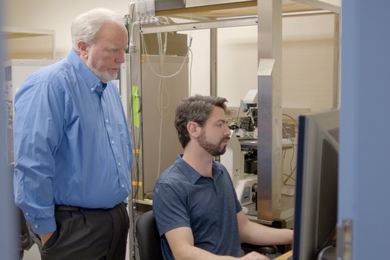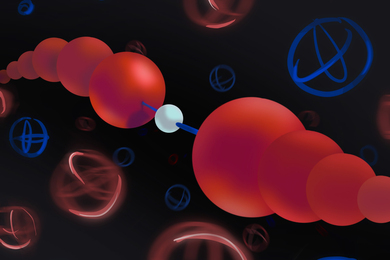Scientists racing the clock have snapped a photo of a gamma-ray burst event one minute after the explosion, capturing for the first time a particularly fast-fading type of "dark" burst, which comprises about half of all gamma-ray bursts.
A gamma-ray burst announces the birth of a new black hole; it is the most powerful type of explosion known, second only to the Big Bang in total energy release. This latest finding may double the number of gamma-ray bursts available for study and rattle a few theories as well, said scientists from the Massachusetts Institute of Technology, based on an X-ray image taken by the MIT-built High Energy Transient Explorer (HETE) satellite, the first satellite dedicated to spotting gamma-ray bursts.
These dark bursts are so named because they have had no detectable optical afterglow, until now. Other bursts have afterglows that linger for days or weeks, likely caused by the explosion's shock waves ramming into and heating gas in the interstellar medium.
"Perhaps none of these bursts is truly dark, provided that we catch them fast enough," said George Ricker, a senior research scientist at MIT's Center for Space Research, who leads the international team that built and operates NASA's HETE satellite.
The orbiting HETE, which alerts scientists to gamma-ray bursts, spotted one on Dec. 11 originating six billion light years away and relayed its location to observatories worldwide in 22 seconds. The ground-based Raptor optical telescope, operated by the Los Alamos National Laboratory, was the first on the scene, observing the afterglow at 65 seconds.
The afterglow was gone in two hours and would have been missed and labeled dark if not for HETE's rapid turnaround. Also, as chance would have it, this burst falls into a subcategory of rare "transitional" bursts, in between the short- and long-duration variety, lasting only 2.5 seconds. Thus, scientists have their most detailed look yet at the rarest of gamma-ray bursts.
A version of this article appeared in MIT Tech Talk on January 8, 2003.





